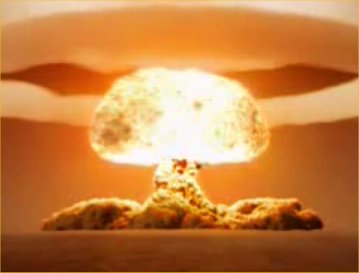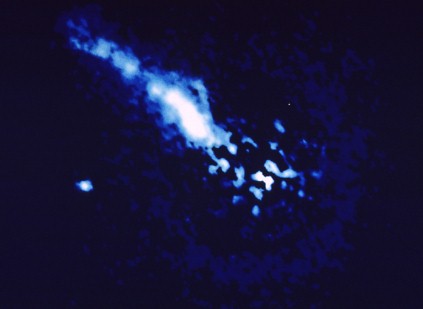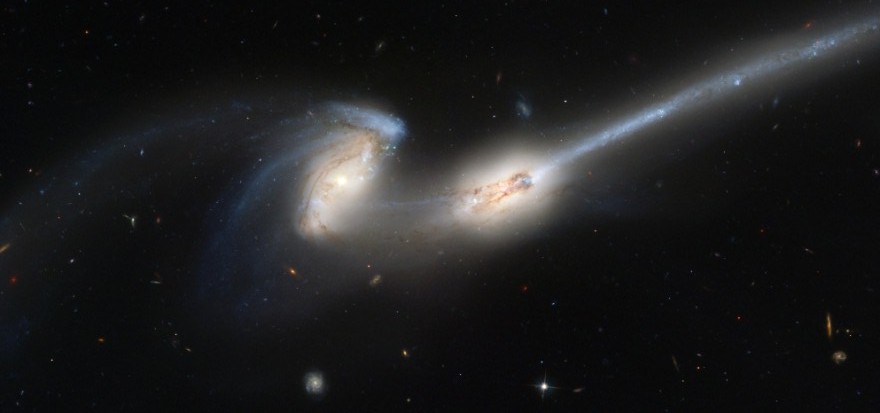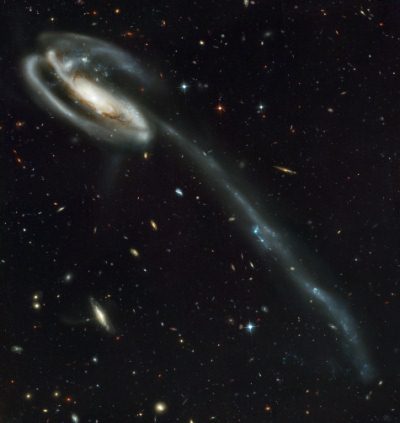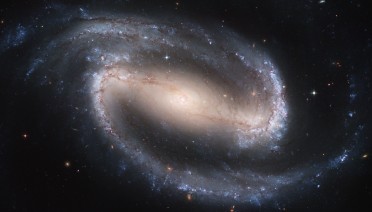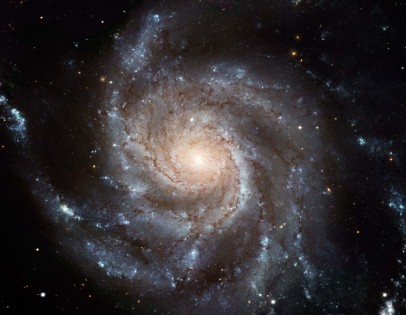|
J. Marvin Herndondon |
|
|
Ours is a time of unparalleled richness in astronomical observations, but understanding seems to be absent throughout broad areas of astrophysics. Among some groups of astrophysicists there appears to be measured degrees of consensus, as indicated by the prevalence of so-called “standard models”, but in science consensus is nonsense; science is a logical process, not a democratic process, and logical connections in many instances seem to be lacking. So the question astrophysicists should ask is this: “What’s wrong with astrophysics?” Finding out what’s wrong is not only the necessary precursor to righting what’s wrong, but will open the way to new advances in astrophysics. Toward that end, one may question the basic assumptions upon which astrophysics is founded, as well as question the approaches astrophysicists currently employ. Here I describe one methodology and provide specific examples, the details of which are set forth elsewhere [1-3]. In doing so, I place into a logical sequence seemingly unrelated astronomical observations, including certain Hubble Space Telescope images, so that causal relationships become evident and understanding becomes possible; as a consequence, profound new implications follow, for example bearing on the origin of diverse galactic structures and the origin of the heavy elements. The purpose of science is to determine the true nature of the Universe and its components, which may be entirely different from making models that do not have to be true. In the past, the varied morphologies observed among galaxies have been explained on the basis astrophysical models which are based upon assumptions. Beneath the assumptions explicitly set forth for the particular models, there are underlying implicit assumptions, which some may not even recognize as assumptions. One of the most fundamental implicit assumptions underlying much of astrophysics pertains to the ignition of stars, specifically the assumption that stellar thermonuclear fusion reactions ignite automatically as a consequence of the heat generated by the gravitational collapse of dust and gas during star formation. I question the validity of that assumption. By mid-1938, the thermonuclear reactions thought to power stars were reasonably well understood [4]. Those reactions are called “thermonuclear” because temperatures on the order of a million degrees Celsius are required for ignition. At the time it was assumed that million-degree temperatures would be attained as a consequence of the gravitational collapse of dust and gas during star formation; in mid-1938, no other energy source for that purpose was known. That concept of stellar ignition has persisted to the present although clearly there were indications of a problem. In 1965, Hayashi and Nakano from their calculations realized that thermonuclear ignition temperatures of a million degrees Celsius would not be attained during stellar formation [5]. The reason for the difficulty of attaining million-degree temperatures is that heating produced by the in-fall of dust and gas is off-set by radiation from the surface, which is a function of the fourth power of temperature. Rather than questioning the underlying astrophysical assumptions, for more than four decades astrophysicists just tweaked their modeling parameters, such as opacity and formation rate or added additional ad hoc hypotheses, such as a shock-wave induced sudden flare-up [6, 7].
Half a century ago, Burbidge, Burbidge, Fowler and Hoyle set forth the basis for thinking that the chemical elements are synthesized in stars, with the heavy elements being formed by rapid neutron capture in the supernova phase at the end of a star’s life [9]. I do not question the possibility of heavy element formation in supernovae, but I question B2FH’s lack of generality. The conditions and circumstances at galactic centers appear to harbor the necessary pressures for producing highly dense nuclear matter and the means to jet that nuclear matter out into the galaxy (Hubble photo at right) where it seeds dark stars that it encounters with fissionable elements, turning dark stars into luminous stars. |
|
|
|
And what of the dark matter necessary for dynamical stability? It is just where it must be to impart rotational stability to the luminous structure [2]. |
|
When scientific thinking is underlain by mistaken understanding, further progress is not possible, like trying to navigate the streets of London with a Chicago city map. Really good scientists will understand the importance of questioning astrophysics and will appreciate finding mistakes because righting underlying mistakes will inevitably open the door for new advances and discoveries. But some will try to bury or to suppress the idea of questioning astrophysics; these are the science-barbarians whose ignorance, arrogance and lack of scruples cheat the astrophysics community and the taxpayers who support astrophysics. Between the two extremes are a great many well meaning astrophysicists who may not yet have learned how to make advances and discoveries instead of making models. For those, questioning astrophysics may be like taking the first step through a portal into a different realm of science where fundamental discoveries await. For those individuals, I have described a methodology and a variety of techniques that can be employed to aid in making discoveries [2]. For pdf of this paper, (click here) |
| References | |
| 1. | Herndon, J. M., Thermonuclear nuclear ignition of dark galaxies. arXiv:astro-ph/0604307, 2006 (click here for pdf) |
| 2. | Rubin, V. C., The rotation of spiral galaxies. Science, 1983, 220, 1339-1344. |
| 3. | Herndon, J. M., New concept for internal heat production in hot Jupiter exo-planets, thermonuclear ignition of dark galaxies, and the basis for galactic luminous star distributions. Current Science, 2009, 96, 1453-1456. (click here for pdf) |
| 4. | Bethe, H. A., Energy production in stars. Physical Review, 1939, 55(5), 434-456. |
| 5. | Hayashi, C. and Nakano, T, Thermal and dynamic properties of a protostar and its contraction to the stage of quasi-static equilibrium. Progress in Theoretical Physics, 1965, 35, 754-775. |
| 6. | Larson, R. B., Gravitational torques and star formation. Monthly Notices of the Royal Astronomical Society, 1984, 206, 197-207. |
| 7. | Stahler, S. W., The early evolution of protostellar disks. Astrophysical Journal, 1994, 431, 341-358. |
| 8. | Herndon, J. M., Planetary and protostellar nuclear fission: Implications for planetary change, stellar ignition and dark matter. Proceedings of the Royal Society of London, 1994, A455, 453-461. (click here for pdf) |
| 9. | Burbidge, E. M., et al., Synthesis of the elements in stars. Reviews of Modern Physics, 1957, 29(4), 547-650. |
| 10. | Gadotti, D. A., Barred galaxies: an observer's prospective. arXiv:0802.0495, 2008. |


